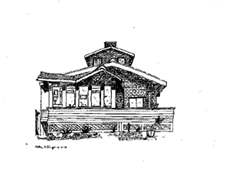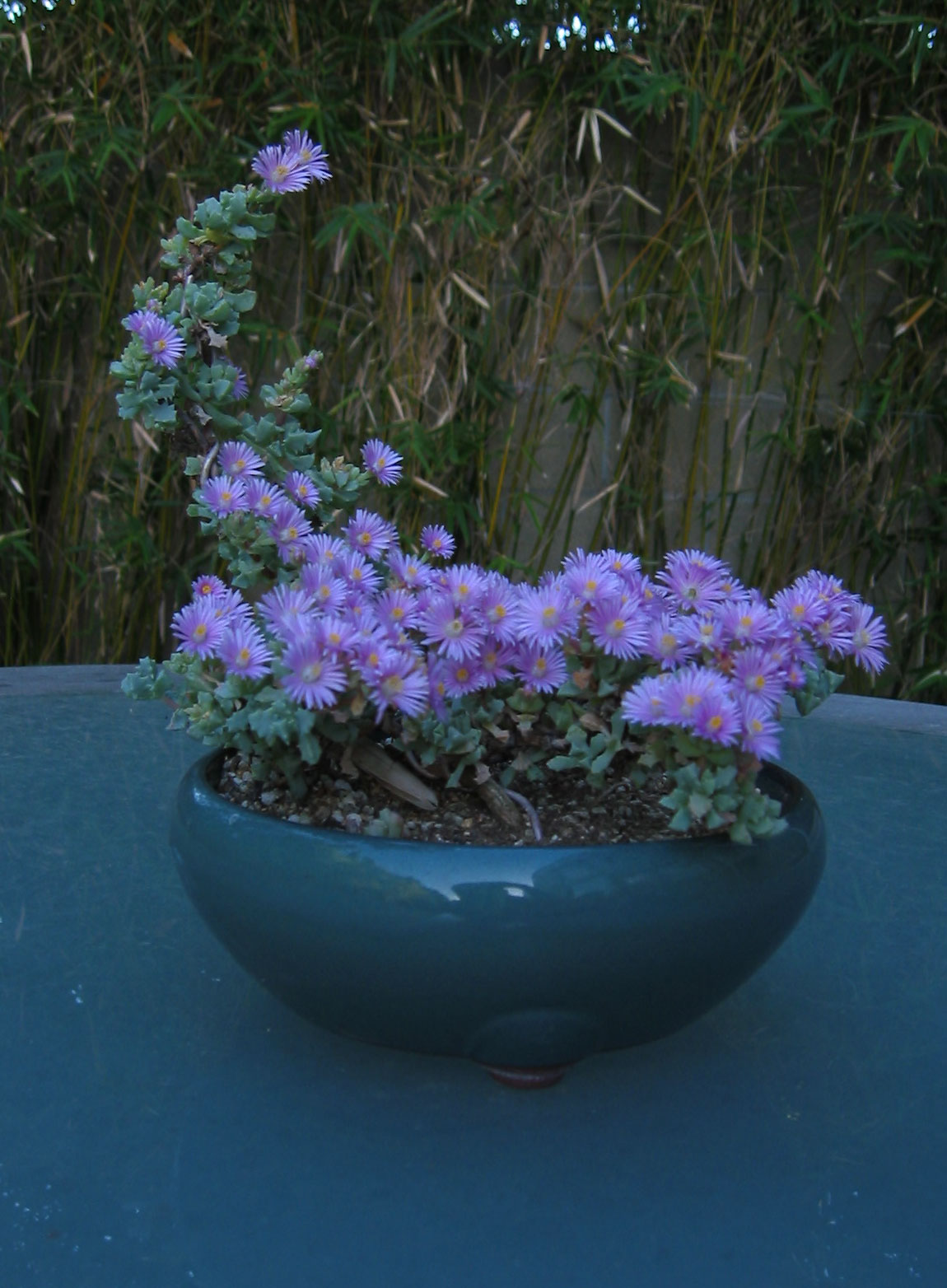 |
 |
Proverbs |
For thousands of years people have used visual images and spatial relations as the foundation of means to recall large sets of items. The Memory Palace of Matteo Ricci by Jonathan D. Spence (NY: Penguin Books, 1983) describes a method based on four-way partitioning. The Art of Memory, Frances A. Yates (London: Rutledge and Kegan Paul Limited, 1966) provides an extensive source on such methods, stating they were fundamental Latin, Greek and Egyptian societies. The final chapter of Yates' book is titled The Art of Memory and the Growth of Scientific Method. It contains this: Francis Bacon had a very full knowledge of the art of memory and himself used it. Before paper, and widespread skill at reading, hierarchic use of four-way partitions (memory palaces) permitted orators to recall a long sequence.
The Magical Number Seven Plus or Minus Two: Some Limits on Our Capacity for Processing Information, G. A. Miller (The Psychological Review, 63, 1956, 81-97), provides a numerical leap from four. Nine as an upper limit and seven as the underlying value studied by Miller have given way. Cell phones and area code prefixes move common discourse from seven to ten digit numbers. That makes larger values usable. A way to get to them associates five, not four, with the basic partition. Then ten can arise by division into five-first and five-second.
Three things that could be used for a content-oriented storage scheme follow. The first is a practical set of five-first categories: Do It, Work, Mistakes, Road, Paths; next, a personally-oriented set of five-second themes: Faith, Learn, Human, Life/Health, Truth; and finally, ten labels for such categories: α, β, γ, δ, ε, ζ, η, θ, ι, and κ. The capitalized versions of the first and last of these letters, Α and Κ, are also useful.
The following material explores using a Inspirational sayings; collected and organized Sayings; d) extensive image material, e.g., Art, and Travel Sketches; and e) extensive Math Material.
Three items, two images and a word, can take you to other URLs. One goes to a frame: a computer science static innovation allowing the presentation of text that explains an adjacent (slightly smaller) version of the original visual. The second graphic is a photograph. Only the successively reached version shows that this is an unlikely bonsai: a large number of flowers on a western dry climate succulent plant. Third, there is a small subset of sayings that express folk wisdom, organized by source culture at Proverbs - again, unlikely items.
 |
 |
Proverbs |
Going beyond existing ways to display a series of images is one goal. Another is to express the essence of some saying or proverb visually. Two images found in Travel Sketches [running shoe, accordion] were found useful. A pastor in Detroit used the shoe (found by Google image search) on tee shirts; a UCLA visitor, finishing her Ph.D. at MIT, preferred my accordion drawing.
Although this is not a funded project, there are learning and creating opportunities. One direction could involve online presentation of mathematics: see Math Material. Another examines the CS department's web site (scrolling feature, visual displays) and commercial facial recognition software.
| 04/22/14 Version | http://www.cs.ucla.edu/~klinger/index.html |
| ©2011 Allen Klinger |